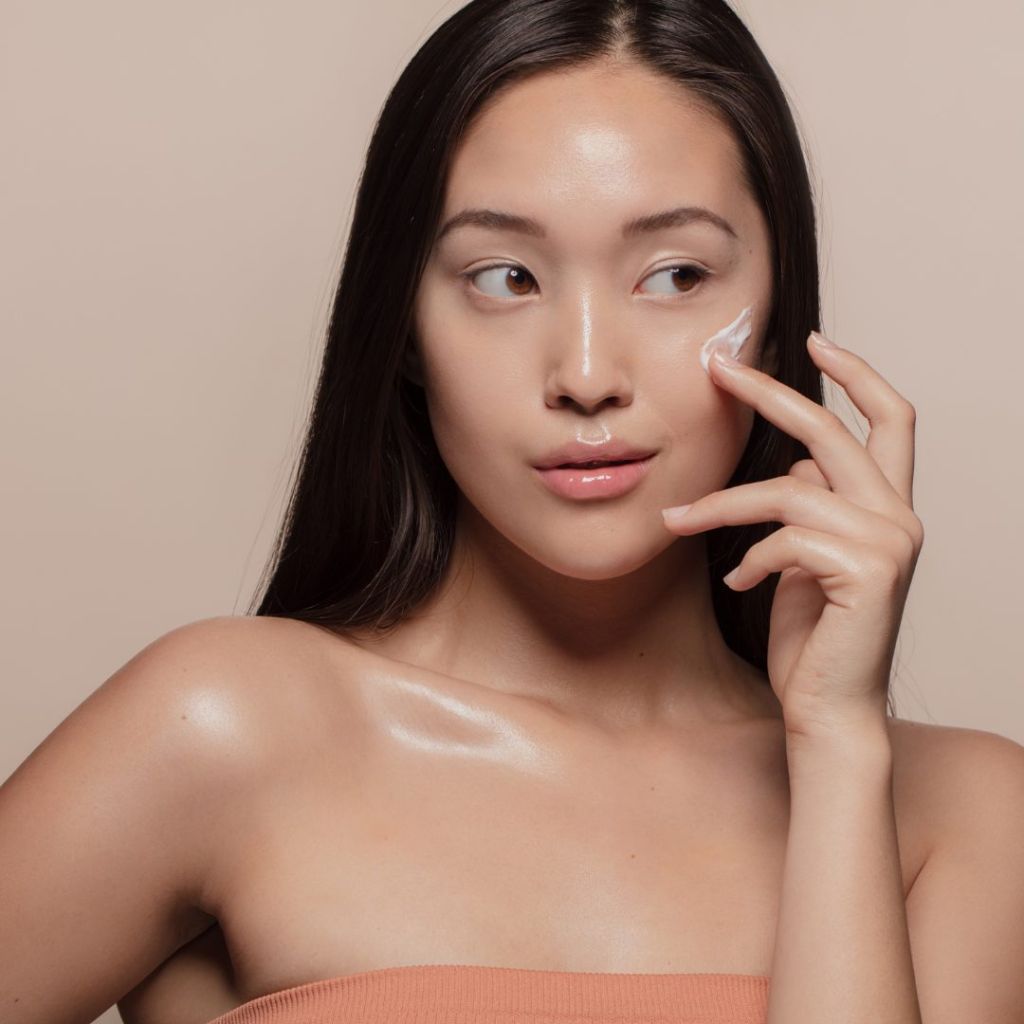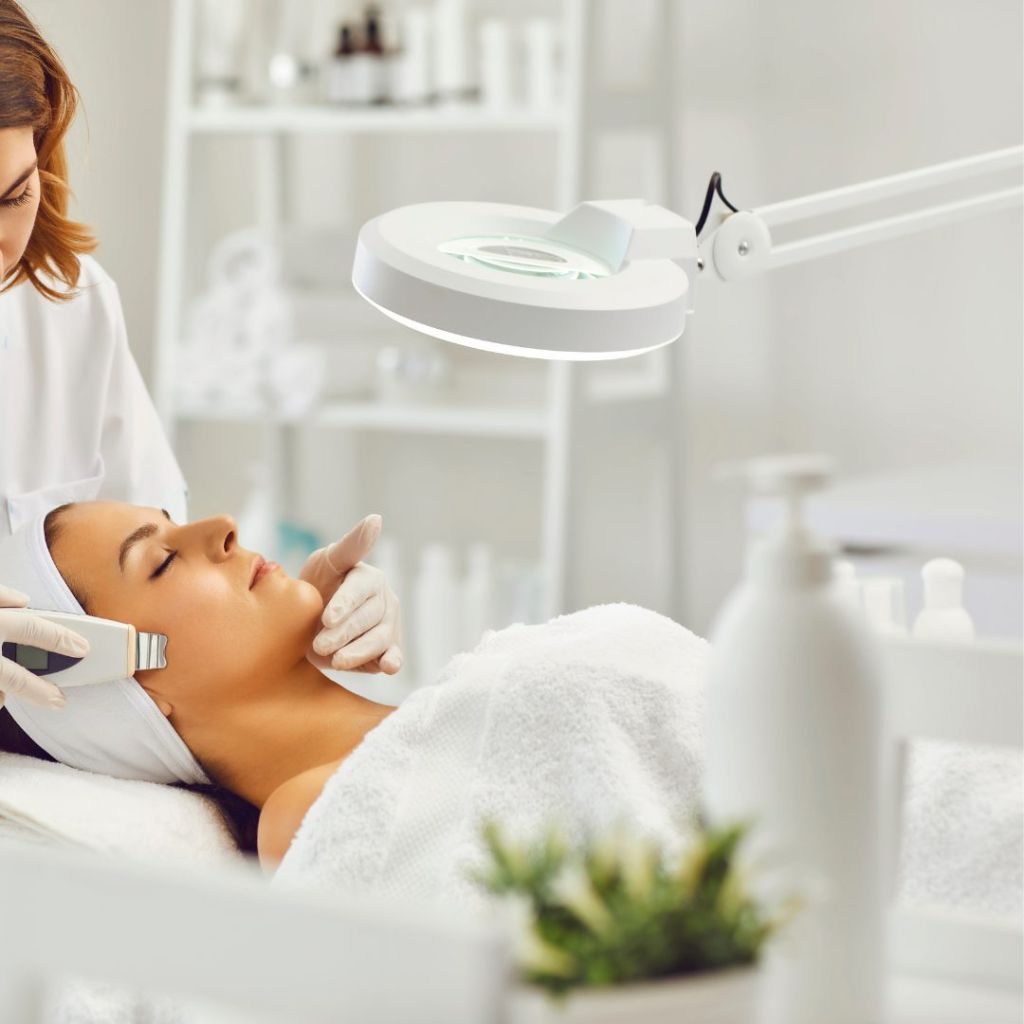Korean Cosmetic Procedures: Originators and Innovators
South Korea has established itself as a global leader in aesthetic innovation, refining and popularising cosmetic treatments and technologies that emphasise natural results, cutting-edge methods, and holistic skin health. While some techniques and products originated elsewhere, Korean practitioners and researchers have significantly advanced and redefined many treatments, making Korean cosmetic medicine a cornerstone of modern aesthetics. Below is an overview of Korea’s key contributions.
This fits like a glove with Pearl Medispa’s emphasis on prejuvenation, regenerative treatments, and holistic approaches to beauty and wellness. At Pearl Medispa, we integrate Korean innovations in skincare and aesthetics into our practice, offering science-backed therapies that cater to the evolving needs of our clients. Whether focusing on preserving youthful skin, addressing the challenges of perimenopause and menopause, or achieving a radiant, natural look, our commitment aligns perfectly with Korea’s cutting-edge methodologies and dedication to holistic skin health.
Free Facial Enhancement Consultation with Our Doctors
Start your journey to a refreshed look with a complimentary facial enhancement consultation. During this session, our cosmetic doctors assess your features, discuss your goals, and guide you through the best facial enhancement treatment options. Please book online or call 07 3350 5447 for a consultation with one of our doctors.

Korean Cosmetic Procedure Innovations
1. Rejuran – Polynucleotide Therapy (PN) Salmon Sperm DNA
Origins: Developed in South Korea, Rejuran uses polynucleotides (PN) derived from salmon DNA.
The mechanism stimulates collagen production, enhances hydration, and improves skin texture.
Applications: Korean cosmetic medicine highly values Rejuran’s regenerative properties, effectively addressing fine lines, wrinkles, acne scars, and dull skin. Polydiribonucleotide (PDRN) derived from salmon is also used in Korean skincare.
2. Exosome Technology
Origins: Exosomes are the result of worldwide research. Researchers first studied them in the 1980s for their role in cellular communication and waste removal. By the 2000s, they gained recognition for their regenerative potential as carriers of bioactive molecules such as proteins, RNA, and lipids.
Korean Innovation: South Korea has pioneered the application of exosomes in skincare, utilising them for skin rejuvenation and repair. Products like Exomides by XYTIDE and E-50 by Primacure exemplify Korea’s role in advancing this technology.
Global Collaboration: While South Korea has led the aesthetic application of exosomes, their development reflects a global effort across regenerative medicine and biotechnology.
3. V-Line Jaw Contouring – Masseter Muscle Injection
Origin Uncertain: Masseter muscle injections for jawline reshaping origins are not fully clear.
Popularised: South Korea has refined and popularised doctor treatments to slim the jawline.
4. PDO Thread Lifts
Origins: PDO Threads: Developed initially in the West, South Korea has perfected these threads for minimally invasive facial rejuvenation.
Korean Innovation: Techniques focus on achieving natural-looking results with minimal downtime. V-Skin Lift incorporates HIFU + PDO threads
5. HIFU – Innovation and Popularization of Facial Contouring: V- LIFT
Origins: While HIFU technology for cosmetic applications originated in the United States with Ultherapy, South Korea has been instrumental in refining, innovating, and popularising its use.
Innovation: Korean advancements have made HIFU devices more versatile, affordable, and globally accessible. Moreover, Korea’s emphasis on natural-looking results and facial contouring has significantly influenced its application in aesthetic medicine worldwide.
- HIFU gained immense popularity in South Korea for achieving the “V-line” jaw contour, which aligns with cultural preferences for a youthful, slim facial appearance.
- South Korea has significantly contributed to positioning HIFU as a non-invasive alternative to surgical facelifts, especially for younger patients seeking preventive anti-aging treatments. Ultraformer, Doublo and Shruik significant innovation on Ultherapy
6. Pico Toning – Korean Laser Technologies
Origins: The U.S. developed picosecond lasers with the Picosure. They were initially introduced for tattoo removal, but South Korea refined their use for pigmentation, skin rejuvenation, and pico-toning techniques.
Innovation: Pico-Toning: A specific Korean innovation that uses low-fluence laser pulses for even skin tone and texture improvement.
7. Korean Doll Facial (Carbon Laser Peel)
Origin: The exact origin of the carbon laser facial is a bit unclear, but it’s widely believed to have originated in Asia, particularly in countries like South Korea and China. The process involves applying a carbon mask and then undergoing laser treatment to achieve smooth, clear skin.
Popularisation: While not exclusive to Korea, the procedure has gained significant traction through Korean beauty trends.
8. Water Glow Injections | Hyaluronic Acid Injections
Process: Delivers blends of hyaluronic acid, vitamins, and peptides into the skin. Products like NCTF and Korean Byryzn
Origin: The exact origin of water glow injections is challenging to pinpoint, as the technique has evolved with contributions from various countries.
Popularised: South Korea has played a significant role in popularising and refining this treatment. It can be delivered by injection and, more recently, techniques like skin needling and Open channel delivery.
Korean Signature: Aimed at achieving the dewy, hydrated complexion synonymous with Korean beauty.
9. Korean Glass Facial – Wrinkle Treatment
Concept: The “glass skin” trend, popularised by Korean beauty culture, emphasises dewy, luminous, and poreless skin.
Origins—Although Dr Waffles Wu first developed and introduced the concept of tiny-dose wrinkle treatment in Singapore, Korean practitioners and brands like Hugel refined the technique to achieve the glass skin look by combining medical treatments.
Popularisation: In Korea, this technique was elevated and popularised by doctors as a combination treatment. Components are TGA listed in Australia. Please consult our Doctors to discuss this treatment.
10. HIKO Nose Lift
Origins: The minimally invasive approach of the Korea-developed HIKO thread nose lift has garnered global recognition.
11. Skin Barrier Research and Development
Origins: MLE Technology: Developed by Dr. Raymond Park in Korea, this innovation mimics the skin’s natural lipid matrix to enhance skin barrier function.
Global Impact: Korea’s emphasis on skin barrier repair has influenced global skincare, with Western markets now catching up. Korean skincare strongly emphasises skin barrier repair, which fits perfectly with our area of expertise.
12. Hydrofacial – Aquapure Facial
Origins: Edge Systems Corporation developed the HydraFacial treatment in the United States in the 1990s. While South Korea has significantly contributed to the popularity and refinement of various skincare treatments, HydraFacial originated in the United States.
South Korean Innovations: Aquapure Hydrofacial: A hydra dermabrasion treatment combining cleansing, exfoliation, and hydration.
Aquapure is a non-invasive hydro-facial treatment that delivers clearer, more hydrated, and younger-looking skin. It’s a comprehensive four-step treatment that effectively cleanses, exfoliates, hydrates, nourishes, and micro-stimulates the skin.
- Cleansing and Exfoliation: Removes dead skin cells and impurities, unclogging pores.
- Hydration: Infuses the skin with hyaluronic acid and other hydrating ingredients.
- Nourishment: Delivers essential nutrients to the skin.
- Micro-stimulation: Improves blood circulation and stimulates collagen production.
13. LED Light Therapy in Mainstream Skincare.
Origins: Developed by NASA in the 1990s to accelerate wound healing, it later found applications in skincare to address aging, acne, and other skin concerns.
Innovation: While South Korea did not originate this technology, it has been instrumental in popularising and refining its use in the beauty industry. Korean beauty clinics were the first to integrate LED therapy into holistic treatments, often combining it with advanced techniques like microneedling and chemical peels to enhance results. Additionally, South Korean skincare brands have developed innovative, user-friendly at-home LED devices, such as those from LG Pra.L and Cellreturn, making the technology accessible to a global audience. Korea’s emphasis on achieving flawless, youthful skin and this consumer-focused approach has helped position LED therapy as a trusted and essential skincare solution worldwide. We use the Korean-developed Smartlux LED in the clinic.
13. Tixel Technology
Tixel is a new non-invasive device for skin rejuvenation and drug delivery.
Origins: Israel with Novoxel:
Korean Adoption: Tixel is gaining traction in Korean aesthetics as an emerging tool for improving skin quality.
14. PRP Scalp Injections
Origins: PRP facial (Platelet-Rich Plasma) originated in the West.
Korean Innovations: Korean clinics developed PRP hair treatments combining PRP with microneedling or growth factor infusions to enhance hair growth and scalp health.
Let’s Sum it Up!
Korean cosmetic medicine has redefined the global aesthetic landscape through innovation, emphasis on natural results, and integration of advanced technologies. From exosome-based treatments to pioneering minimally invasive procedures, South Korea continues developing and refining techniques prioritising holistic skin health and patient satisfaction.
Free Facial Enhancement Consultation with Our Doctors
Start your journey to a refreshed look with a complimentary facial enhancement consultation. During this session, our cosmetic doctors assess your features, discuss your goals, and guide you through the best facial enhancement treatment options.
Please book online or call 07 3350 5447 for a consultation with one of our doctors.

